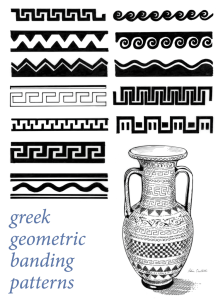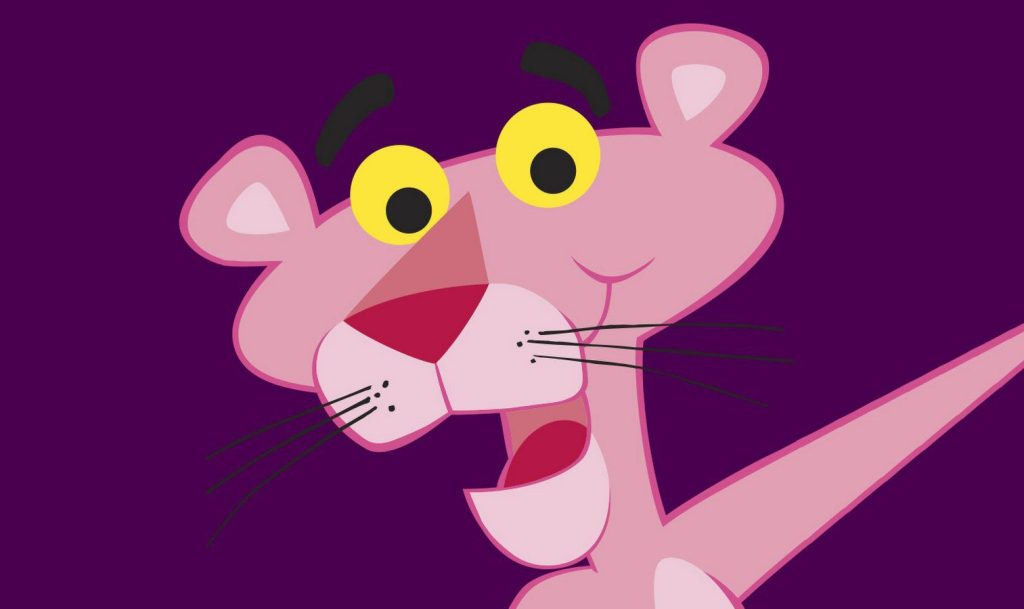English
After all of the excitement of Christmas, we get to look forward to the books that we will explore until February half term…
Our books this term explore cultures and ancient worlds, I can’t wait to see where our reading will take us…
Our first book is called Aarti and thee Blue Gods written by Jasbinder Bilan, this links to our RE topics.
Aarti has lived on the island with Aunt for as long as she can remember.
Like the weather, Aunt rules her world with rare warmth. Aarti’s only comforts are a book of Indian myths full of blue gods, a fox’s friendship, and a toy rabbit she finds in a locked room.
Then, she learns Aunt has been feeding her lies. Fate intervenes when a half-drowned boy washes up on the beach. With his help, Aarti hopes to remember who she really is … and perhaps find a way home.
Our second book takes us to Ancient Greece. We will be using the Usbourne Guide which is crammed with information and advice for time-tourists. Each illustrated page is full of things to see and do, and there’s even quotations from notable Greeks, a glossary of new words, a timeline and more.
After we return from our half term break we will have a new books to enjoy.
The first is ‘The Wonderbird’ where a flock of birds fly among the stars, twittering, chirruping, piping, hooting, all singing one wonderful song …They sang to the Wonderbird, a million different voices all in harmony.
But who IS the Wonderbird? wondered Piper. As the birds scatter to seek the mysterious Wonderbird, Piper travels to the edge of the Milky Way … and, lost and alone, discovers the answer to his question. David Lucas’s extraordinary book reminds us that there is nothing more powerful than togetherness.
Maths
We will begin our Spring Term with a continued focus on our times tables. We finished learning all of our tables from 1 to 12 in Autumn Term, and we now use this knowledge to answer questions with speed and accuracy.
Later in the term our focus moves to fractions and decimals. The children will be taught to recognise and show, using diagrams, families of common equivalent fractions, count up and down in hundredths; recognise that hundredths arise when dividing an object by one hundred and dividing tenths by ten. Solve problems involving increasingly harder fractions to calculate quantities, and fractions to divide quantities, including non-unit fractions where the answer is a whole number. Add and subtract fractions with the same denominator, recognise and write decimal equivalents of any number of tenths or hundredths and recognise and write decimal equivalents. They will find the effect of dividing a one- or two-digit number by 10 and 100, identifying the value of the digits in the answer as ones, tenths and hundredths, round decimals with one decimal place to the nearest whole number, compare numbers with the same number of decimal places up to two decimal places and solve simple measure and money problems involving fractions and decimals to two decimal places.
Science
Our unit when we return from our Christmas break will be electricity. The children will explore their world using a range of scientific enquiry types and skills to:
- common appliances that run on electricity
• simple series electrical circuits, identifying and naming its basic parts, including cells, wires, bulbs, switches and buzzers
• whether or not a lamp will light in a simple series circuit, based on whether or not the lamp is part of a complete loop with a battery
• using a switch
• some common conductors and insulators
After half term we will study ‘living things’ where the children will explore their world using a range of scientific enquiry types and skills to:
- recognise that living things can be grouped in a variety of ways
• explore and use classification keys to help group, identify and name a variety of living things in their local and wider environment
• recognise that environments can change and pose danger to living things as a result of climate change
• recognise our own impact on the environment
History
In the first half of the term we will be learning about Ancient Greece and which this time period sits in our historical timeline. We will explore and identify how the Greeks shaped democracy, sport, architecture and art. Also, we will learn how they still influence us today, especially in maths and science.
Geography
Linking to our historical studies, we will explore modern day Greece, focussing on its numerous geographical features; mountains, volcanoes, plains, lowlands, coastal areas, rivers, lakes and islands. The children will research some of Greece’s extinct and active volcanoes and discuss how volcanoes are made. We will learn about the prevailing weather conditions of the region, and look at temperature, air pressure, humidity, precipitation, sunshine, cloudiness, and winds, throughout the year. Finally we will compare housing, schools and industries in Greece with the those in the North East, asking how rural life in Greece is different to life in a Greek city?
Art
Our two units in art will take place after half term, we will create 3D sculpture: Designing and sculpting body parts, taking inspiration from artist Damien Hirst and Printing linked to the Ancient Greeks in History: Designing and printing Greek pottery designs inspired by Ancient Greek Art.
RE (Religious Education)
Our first unit in RE in Hinduism. The children will learn to explain what Holi is, and why Holi is called the festival of colours, as well as learn what the different colours represent. We will investigate the role of fire in Holi and explain how and why Hindus celebrate this festival.
After half term we will focus on the Christian festival of Easter, particularly Lent. The children will recall the Easter story from previous years and learn the story of Lent. They will explore why Christians observe Lent and what they learn from it as well as why Shrove Tuesday and Ash Wednesday are celebrated.
Computing
The first unit we will learn about is the first of the two programming units in Year 4, and looks at repetition and loops within programming. Pupils will create programs by planning, modifying, and testing commands to create shapes and patterns. They will use Logo, a text-based programming language.
In the second unit to be taught after half term, pupils will consider how and why data is collected over time. Pupils will consider the senses that humans use to experience the environment and how computers can use special input devices called sensors to monitor the environment. Pupils will collect data as well as access data captured over long periods of time. They will look at data points, data sets, and logging intervals. Pupils will spend time using a computer to review and analyse data. Towards the end of the unit, pupils will pose questions and then use data loggers to automatically collect the data needed to answer those questions.
French
When we return from the Christmas break we will focus on ‘My family’. Learning the words for family members, along with them masculine, feminine and plural (agreements) and their pronouns.
In the second half of the term we will learn how to discuss our school subjects – likes and dislikes. We will have a grammar focus of the present tense and how to conjugate high frequency words.
Music
For the first part of the term will continue with our brass lessons with Mr Bradshaw.
After half term we will explore composition through two units:
Some people imagine colours when they hear sounds or hear sounds in their head when they look at specific colours. This phenomenon is known as synaesthesia and many composers and visual artists have it. Thus, it has influenced many works of art and music. This unit demonstrates how to use colour as an inspiration and starting point when creating new pieces of music. Musical focus: creating music inspired by colour and art. Composing using a non-musical stimulus. Timbre, dynamics, rhythm, texture, suite, graphic score.
Pieces: Ecstatic orange by Michael Torke, A colour symphony – I. Purple (Andante maestoso) by Arthur Bliss, Rhapsody in blue by George Gershwin, Green plastic, pink oil and water by Rachel Leach.
This unit is about film themes and how they set the mood for the telling of the film’s story. The theme tune to The Pink Panther by Henry Mancini provides the foundation for exploring musical storytelling through listening and composing activities. Musical focus: Timbre, tempo, rhythm, dynamics, atmosphere, music from a film. Pieces: The Pink Panther theme by Henry Mancini.
PE (Physical Education)
In the first half of the term, we will be enjoying gymnastics with a focus on pushing and pulling as well as dodge ball.
After half term, we will continue with gymnastics, this time with a focus on rolling and travelling, along with yoga.



























